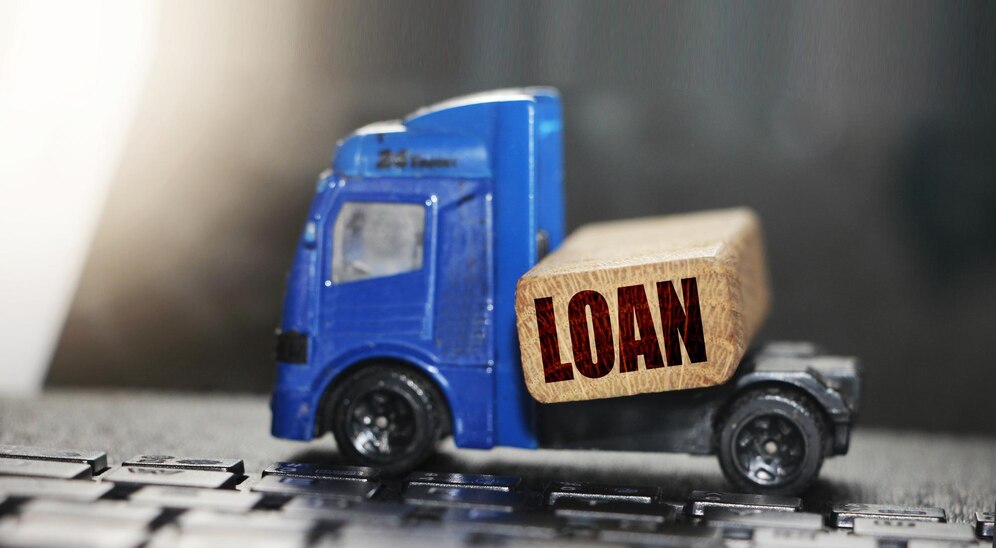The Importance Of Saving For That Rainy Day That Will Come

It is likely that your parents and your grandparents have always told you to make sure that you put aside money. Who knows, the rainy days might definitely come along! We never know what is happening around the next corner. So it makes perfect sense that you would have money put away for such an emergency. Yes,saving money is important.
Many different things can happen to you tomorrow, like losing the job that you have had for many years. The business wants to cut back, and they have a policy of last in, first out. Also, there might be some kind of medical emergency that may not affect you directly. But a family member may need money quickly to get the help that they need.
It could be the simple things like the family car having major mechanical difficulties. So you need to get your hands on your savings as quickly as possible for your kids. This is why you need to seriously look into bank term deposits that offer you an excellent rate of interest over certain periods. Besides, it gives you peace of mind knowing that there is money there should you need it in an emergency.
The following are just some reasons why it is so important to put aside money for a rainy day. Exigency in life may happen to us all at some point.
Why It Is Important To Put Aside Money
As we mentioned above, life is full of uncertainty. The ebb and flow of life ask you to spend beyond your planning. It is common in every individual’s life. That time you may need some money from your bank account. It denotes you ensure that you are getting it all in the form of your savings. Therefore, let’s understand why you need to cut money from your earnings and look for savings.
It Lowers Your Stress Levels
As the head of the household, you have many things to worry about every single day your kid’s education and putting food on the table. Life does throw some curveballs at us from time to time. If you are not confident in your ability to be able to pay for any financial crisis that comes along, that is going to drive your stress levels through the roof. Hence you need to develop the habit of saving so that thig are manageable with time.
Being properly prepared and knowing that you have money deposited in a bank earning a consistent interest rate helps you to deal with life’s issues.
It Controls You’re Spending
We all have a bad habit here in Australia: if we have money on the hip, we want to spend it because it is burning a hole in our pockets. It’s better to put this money away in a term deposit so that you are not tempted to spend it on silly things like a large-screen television or some kind of games console.
Once it is out of your immediate reach, it’s more likely that you will leave it where it is, and this allows you to save and not to spend. Once you know that there is money available to you at any time, then it removes the pressure to want to borrow money at extortionately high-interest rates and then be unable to pay it back.
There will also be fees incurred and penalties if you miss any of your payments, so having money tucked away in the bank makes so much more financial sense.
Limits Your Debts
As mentioned below, if you are in front of a situation where you have to spend your funds. Now, if you do not have a sufficient balance, you will have no other way but to go for loans. These exigencies are some things that you cannot avoid. Therefore you need to have the extra protection or, say, cushioning in the form of savings. It can help you meet your needs.
Help Prepare For Retirement
When you commence your habit of saving, it will go on to help you in the long run. Remember, you won’t be able to work any further in your old age. You may be under the state pension. Even it may turn out to be insufficient. It may not help you with the adequate support that you need.
Therefore it is high time that you create a habit of saving your money right from a young age. This habit can help you get the best that you need. Hence develop the habit of saving right from a young age. It will assist you with an adequate amount. Ultimately you have a much more comfortable retirement.
Advantage Of Saving For The Rainy Day
When you develop a saving habit, you will certainly reap the advantages. Firstly you will find yourself saved from financial bondage, especially during the time when you do not have much to spend. With the help of financial independence, you can easily meet your expenses.
Only and only with savings will you be able to own important infrastructure like homes, cars, education, training, and other aspects of your life? Hence, develop a habit of putting aside some of your funds. It denotes you can ward off debts when things become difficult with time.
Life is not all about relentless struggles and hardships but also about spending money on happy moments. For instance, visiting a restaurant, pubs, going on a foreign trip, or spending valuable time with your friends and others. If you plan such things and moments of enjoyment, you must not recoil but live life to the fullest.
Conclusion
Saving from your regular expenditure is a great way to secure the future. It constantly motivates you to secure your life and meet emergency needs. At the same time, you must develop the habit so that your tomorrow and save be safe in the future. Be it a sunny day or a rainy day, you must go on saving for a brighter tomorrow.
Read Also:













